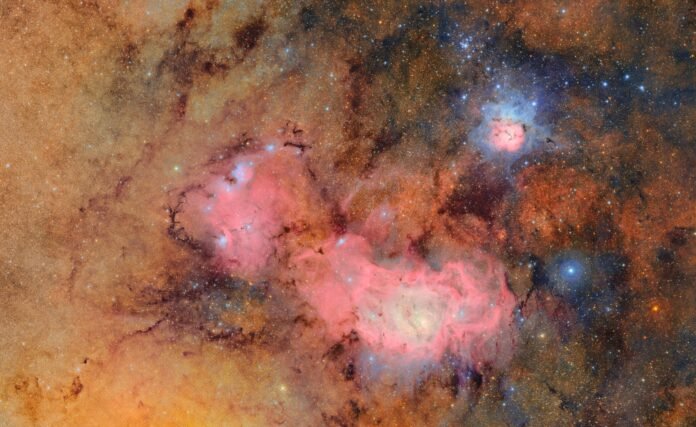If you’ve ever stood beneath a clear night sky and taken in the incredible, sweeping Milky Way overhead, you’ve probably wondered just what is actually up there. We know there are millions of stars, galaxies, nebulae, asteroids… the list goes on. But what if we could see them up close? Thanks to the Vera C. Rubin Observatory, we’re able to see new high-resolution composites of the Solar System with unprecedented clarity.
Perched on the summit of Cerro Pachón in Chile, the observatory is named for American astronomer Dr. Vera C. Rubin, whose research provided significant and convincing evidence of the existence of “dark matter.”

With construction completed in 2018, the facility began surveying this year following numerous tests. It’s home to the largest and strongest lens astronomers have ever used at 3,200 megapixels—the biggest digital camera in the world.
In the 1990s, scientists began sketching out ideas for a “dark matter telescope” that could take the study of astrophysics further than ever before. The final product, known now as a Large-Aperture Synoptic Survey Telescope, is able to detect incredibly faint objects and catalog their changes over time. It should be able to document 90 percent of Earth’s asteroids and detect ephemeral events like supernovae.
Recent image releases include enormous views of our Solar System like the Virgo Cluster or the colorful spray of galaxies and stars in what the observatory refers to as the “Cosmic Treasure Chest.” Another huge, five-gigapixel image shows the Trifid and Lagoon Nebulae (Messier 20 and 8, respectively) made from 678 exposures taken in just a little more than seven hours of observing time.
Vera C. Rubin Observatory’s telescope has captured the nebulae’s phenomenal clouds of gas, inside of which “new stars are forming and blasting out strong winds and radiation, carving up the gas around them,” says a statement. “It gives us a dramatic glimpse at how massive stars shape their surroundings even as they’re being born.”

These initial images mark the beginning of a 10-year initiative called Legacy Survey of Space and Time (LSST). The camera will take millions of images, capturing the same points in the sky about 800 times over. A statement says, “Every time we look at the universe in a new way, we discover new things we never could have predicted—and with Rubin, we will see more than we ever have before.”
See all images in full resolution, plus a series of videos, on the Vera C. Rubin Observatory website.








